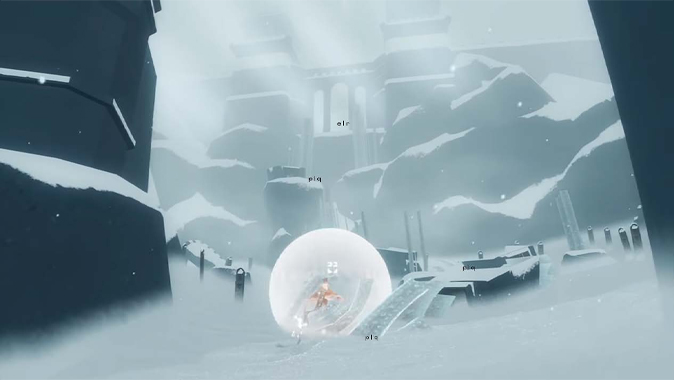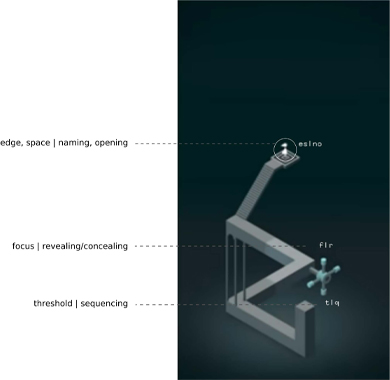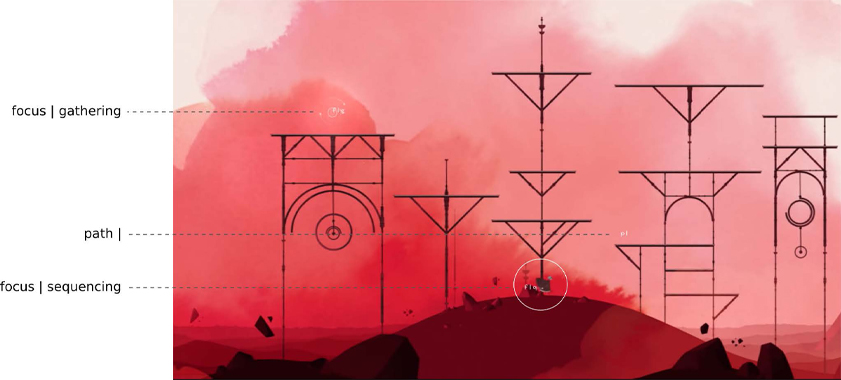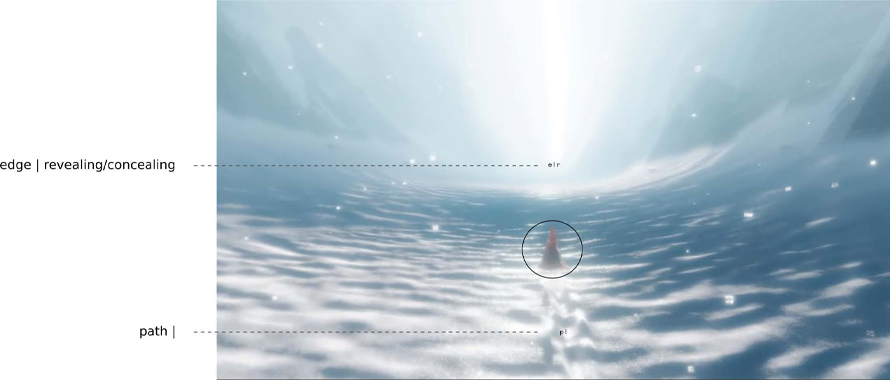




Over the last sixty years, billions of people have contested, explored, and built digital worlds through videogames. Despite their growing cultural prominence, videogames have been largely regarded in the landscape architecture discourse as little more than a technological phenomenon. As a result, we do not have a clear understanding of how game levels— where the play happens— create virtual experiences for players. In addition, the design practices and patterns embedded in the levels have not been studied sufficiently for their potential implications for the design of landscapes in the physical world.
The objective of this study is to reveal the experience of videogame landscapes and to build on the findings to explore new methods of design conceptualization in the field of landscape architecture. This study closely examines the qualities of the landscapes of three games selected as case studies. It does this by applying existing frameworks of landscape analysis that are rooted in a tradition of mapping, planning, and otherwise coding landscapes with systematic and diagrammatic approaches.
The primary driver of videogame landscape experiences examined through the close analysis are the morphological parts, or structural and formal elements that build experiences into landscapes. The second is the narrative, studied as storytelling practices that are also embedded in the landscapes. A custom-built, open-source digital diagramming tool enables this system of landscape analysis to be applied to screenshots from three videogames. The application is manually operated but automatically generates diagrams and text files based on the user’s assessment of the images. The dataset reveals the tangible and intangible aspects that form the basis of virtual landscape experiences. These findings are then synthesized and interpreted to derive meaning for future landscape design.
In particular, the data show how patterns of landscape forms and narrative practices change over the course of each game, revealing differences and similarities between the three cases. In all three games, a relationship is established between the player and the game landscape through interactions with the morphological parts in the levels, which are made meaningful through the narrative practices that they afford. In almost all instances when a formal or structural element is a part of the active gameplay, it serves some purpose in the telling of the story of the game. The relationships between player and place as well as form and narrative are maintained throughout the duration of the games. The complex vi interrelationships between morphological parts and narrative practices contribute to emotional involvement and the overall virtual landscape experiences.
The nature of the tool allows for the proposal of a workflow that integrates the results into the concept development stage of landscape design. The diagramming tool can be further developed and made available for an integrated system that straddles analysis and design in both landscape architecture and game development. In addition, this work presents opportunities for the evolution of analysis-based design for landscape experience using digital tools with applications in both virtual and actual environments. The research contributes to our understanding of virtual landscape experiences and presents ways in which videogame landscape research can be used to shape future landscape architecture projects in the physical world.